Synopsis
The rate of a chemical reaction depends on the temperature, concentration, particle size and any catalysts present.
- Programme: Bitesize Science
- Channel: BBC Two
- Broadcast year: 2014
- Chemistry
Licence: ERA Licence required
UK only
Staff and students of licensed education establishments only
Cannot be adapted
Add Notes
More clips from Bitesize Science

All life needs water | Bitesize Science
All life needs water | Bitesize Science
Osmosis is a special type of diffusion, involving water, where molecules move from a high to a low concentration.

Beneath the surface | Bitesize Science
Beneath the surface | Bitesize Science
Microscopes continue to develop over time, giving us access to increasingly incredible magnification.

Blood Vessels | Bitesize Science
Blood Vessels | Bitesize Science
A short guide on blood vessels in the body.
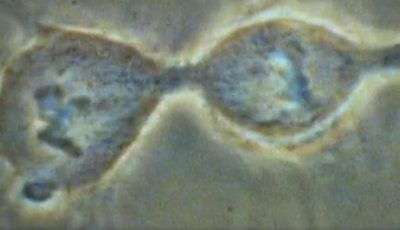
Dance of the chromosomes | Bitesize Science
Dance of the chromosomes | Bitesize Science
Mitosis is a type of cell replication that is essential to the human body's ability to grow and repair.
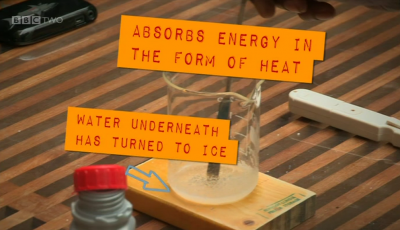
Endothermic and exothermic reactions | Bitesize Science
Endothermic and exothermic reactions | Bitesize Science
Endothermic reactions absorb heat, while exothermic reactions give off heat.

Enzyme power and food as fuel | Bitesize Science
Enzyme power and food as fuel | Bitesize Science
Enzymes are biological catalysts which help us to get the energy we need from food to survive.
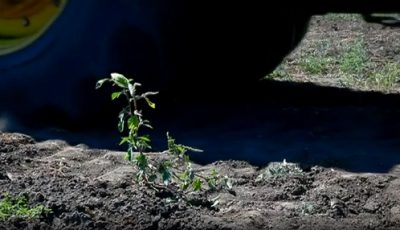
Germination | Bitesize Science
Germination | Bitesize Science
Seeds need the conditions to right in order to be able to germinate.
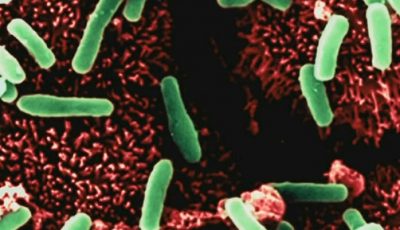
Growing bacteria | Bitesize Science
Growing bacteria | Bitesize Science
Bacteria reproduce by cloning themselves, and in the right conditions can reproduce very quickly.
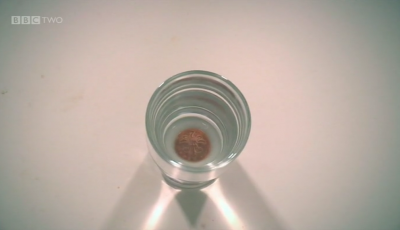
Internal reflection | Bitesize Science
Internal reflection | Bitesize Science
An examination of how light can be internally reflected, and how this is used for carrying information in fibre optic cables.

Newtons laws | Bitesize Science
Newtons laws | Bitesize Science
Newton's laws of motion continue to underpin principles in modern day physics.
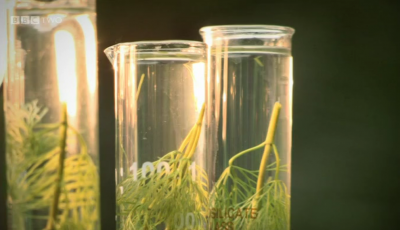
Photosynthisis | Bitesize Science
Photosynthisis | Bitesize Science
Photosynthesis is essential to life on this planet.

Solubility | Bitesize Science
Solubility | Bitesize Science
Solubility is the measure of how much solute can dissolve in a solvent.
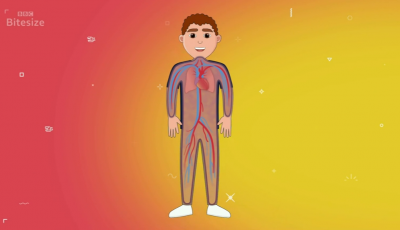
The circulatory system | Bitesize Science
The circulatory system | Bitesize Science
A short guide on the circulatory system.

The feather and the hammer | Bitesize Science
The feather and the hammer | Bitesize Science
Air resistance affects different objects and how they fall differently, just as Galileo suggested.

The force of friction | Bitesize Science
The force of friction | Bitesize Science
Any time one surface moves over another, there is a force of friction.
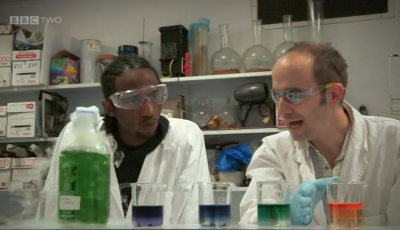
The oceans are changing | Bitesize Science
The oceans are changing | Bitesize Science
Scientists believe that our oceans are becoming more acidic due to the CO2 we are producing being absorbed by the oceans.

The power of invisibility | Bitesize Science
The power of invisibility | Bitesize Science
Light moves at different speeds through different objects, this can make objects appear in a different place to where they actua...
More resources about Chemical Changes
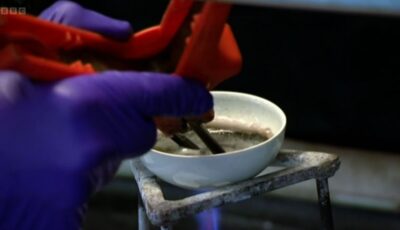
Electrolysis - Discovery of Potassium | Curriculum Bites
Electrolysis - Discovery of Potassium | Curriculum Bites
Spec references J248: C3.4b J250: C3.4b. Professor Jim Al-Khalili recreates the electrolysis experiment that lead to...

Acids, Bases and Salts | GCSE Bitesize Revision
Acids, Bases and Salts | GCSE Bitesize Revision
Spec references J248: C3.3d, C3.3e, C3.3f, C3.3h, C4.2a J250: C3.3d, C3.3e, C3.3f, C3.3h, C3.1g. This video introduces acids ...
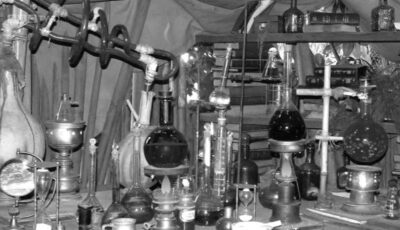
Acids, Bases and Salts 2 | GCSE Bitesize Revision
Acids, Bases and Salts 2 | GCSE Bitesize Revision
Spec references J248: C3.3d, C3.3e, C3.3f, C3.3h, C4.2a J250: C3.3d, C3.3e, C3.3f, C3.3h, C3.1g. This video introduces acid...
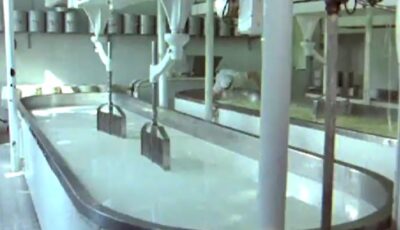
Biological Catalysts | Science Topics
Biological Catalysts | Science Topics
The video provides examples of biological catalysis, such as enzyme use in cheese production and human digestion, followed by an explan...

Catalysis | Science Topics
Catalysis | Science Topics
Prog looking at catalysts and how they speed up chemical reactions, and how this knowledge is used in industry, farming and modern pollution devic...
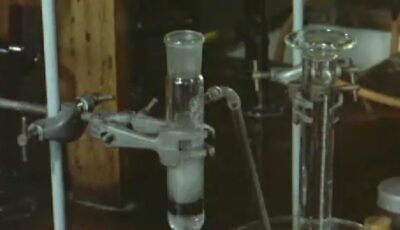
Catalysis Demonstration | Science Topics
Catalysis Demonstration | Science Topics
Catalysis is demonstrated through the decomposition of hydrogen peroxide, including a test for oxygen gas. The clip explains how cat...

Electrolysis | GCSE Bitesize Revision
Electrolysis | GCSE Bitesize Revision
Spec references J248: C3.4a, C3.4b, C3.4c, C3.4d, C3.4e J250: C3.4a, C3.4b, C3.4c, C3.4d, C3.4e. Explanation of how ionic substances ca...

Electrolysis 2 | GCSE Bitesize Revision
Electrolysis 2 | GCSE Bitesize Revision
Spec references J248: C3.4a, C3.4b, C3.4c, C3.4d, C3.4e J250: C3.4a, C3.4b, C3.4c, C3.4d, C3.4e. Explanation of how ionic substances ...

Measuring the Rate of Reaction | GCSE Bitesize Revision
Measuring the Rate of Reaction | GCSE Bitesize Revision
Spec references J248: C5.2a, C5.2c, C5.2d, C5.2e, C5.2f J250: C5.2a, C5.2c, C5.2d, C5.2e, C5.2f. This video provides ...

Rates of reaction | Curriculum Bites
Rates of reaction | Curriculum Bites
Spec references J248: C5.2c, C5.2d, C5.2e, C5.2f J250: C5.2c, C5.2d, C5.2e, C5.2f. Introduction to rate of chemical reactions and collis...

Reactivity of Group 0, 1 and 7 | Curriculum Bites
Reactivity of Group 0, 1 and 7 | Curriculum Bites
Spec references J248: C4.1a. C4.1b J250: C4.1a. C4.1b. A detailed explanation of the reactivity of Group 0, Group 1, and Gr...

Reversible Reactions - the Haber process | GCSE Bitesize Revision
Reversible Reactions - the Haber process | GCSE Bitesize Revision
This video provides an overview of ammonia production through the Haber process, briefly touching on the ne...

Reversible Reactions | GCSE Bitesize Revision
Reversible Reactions | GCSE Bitesize Revision
This video provides examples of reversible chemical reactions and visually explains how dynamic equilibrium is achieved. It int...
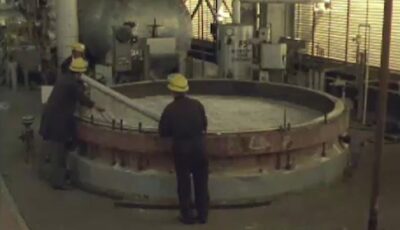
The Haber Process | Science Topics
The Haber Process | Science Topics
Spec references J248: C6.1d. The video starts with an overview of the industrial production of nitrate fertiliser through the Haber proces...
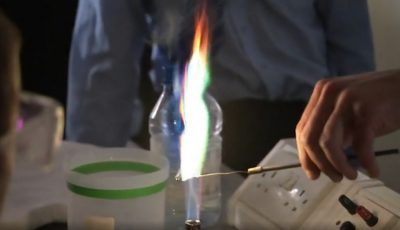
What chemicals to use to achieve certain colours in fireworks | Rocket Science
What chemicals to use to achieve certain colours in fireworks | Rocket Science
In this classroom experiment students explore how different chemicals react when burned and le...
